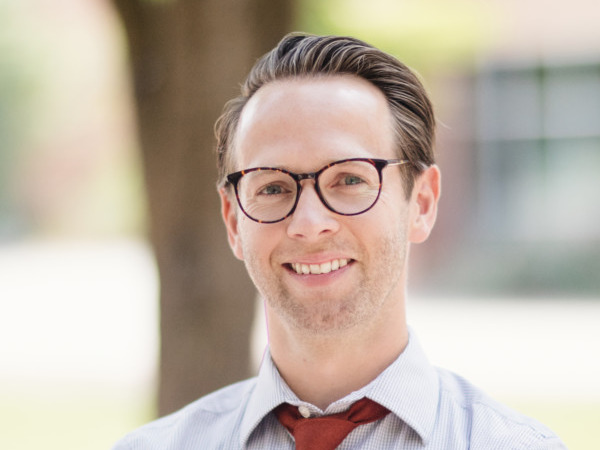About Dr. Joseph Wilson

Dr. Joseph Wilson
College of Science
Department of Biology
Joseph.Wilson@usu.edu
Joseph Wilson grew up in Utah and was biologically inclined from birth. At the age of two, he declared to his parents that when he grew up, he wanted to be a lion. While he didn’t quite achieve that goal, his studies at Utah State University provided the training to be the next-best thing: a professor of biology. His research focuses primarily on the evolution and ecology of bees and wasps. Joseph says that the lives of these insects provide as much drama, mystery, and humor as any prime time TV show—but without the commercials.
Along with a colleague, Joseph recently authored a book, “The Bees in Your Backyard: A Guide to North America’s Bees.” He has been invited to share his knowledge on NPR, Canada Public Radio, and at speaking events across the country.
Joseph loves that his research enables him to travel around the country with his wife and three children, collecting and photographing the beautiful bees and wasps that live all around us. True to his biologist nature, Joseph spends much of his free time outdoors as well, camping, hiking, and mountain biking.
Bee Diversity in the Behive State
While Utah is known as the Beehive State, most people don’t realize that over 1100 different kinds of bees can be found in Utah. This means that Utah is home to over 1/4 of all the bee species known from the US and Canada. In his talk, Dr. Joseph Wilson will introduce many of these bees that call Utah home and discuss the role they play in both agricultural and natural landscapes. As a hotspot of bee biodiversity, Utah, with its numerous national parks, national monuments, wilderness areas and other protected lands can provide refuge for bees and other pollinators. For example, when the Grand Staircase-Escalante National Monument (GSENM) was first established in 1996, part of the justification for setting aside this vast area in southern Utah was to protect the regions “diverse and endemic plant community and their pollinators.” With recent reductions in the size of the GSENM it is unclear what this means for the areas bee populations. Dr. Wilson will describe the bee community known from the original

